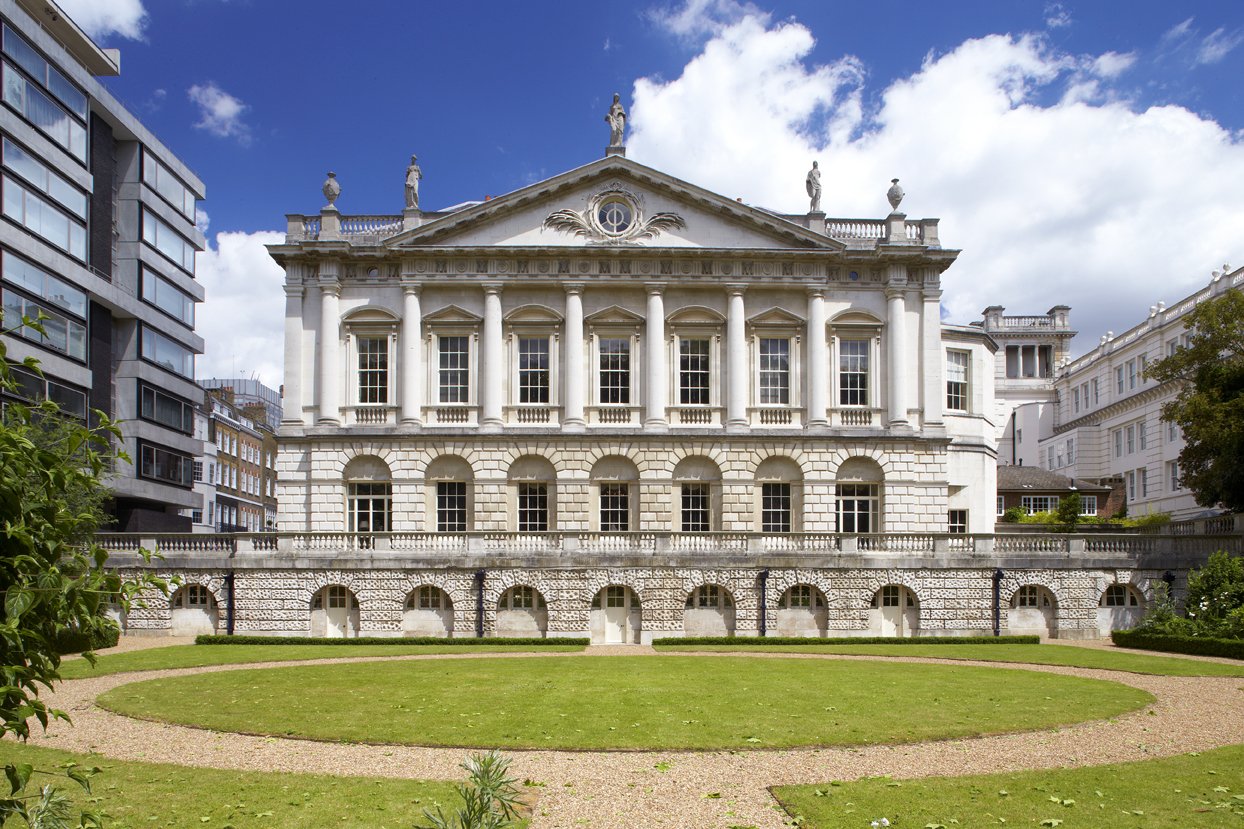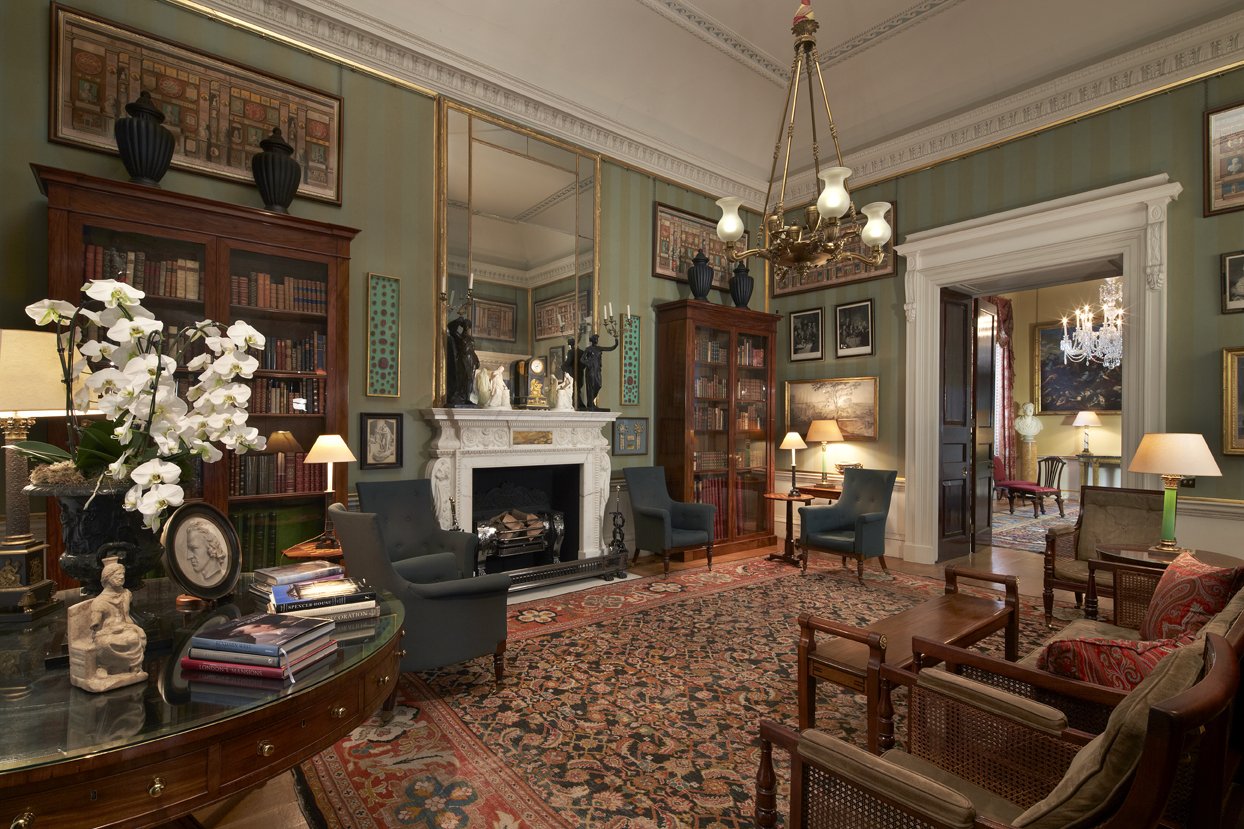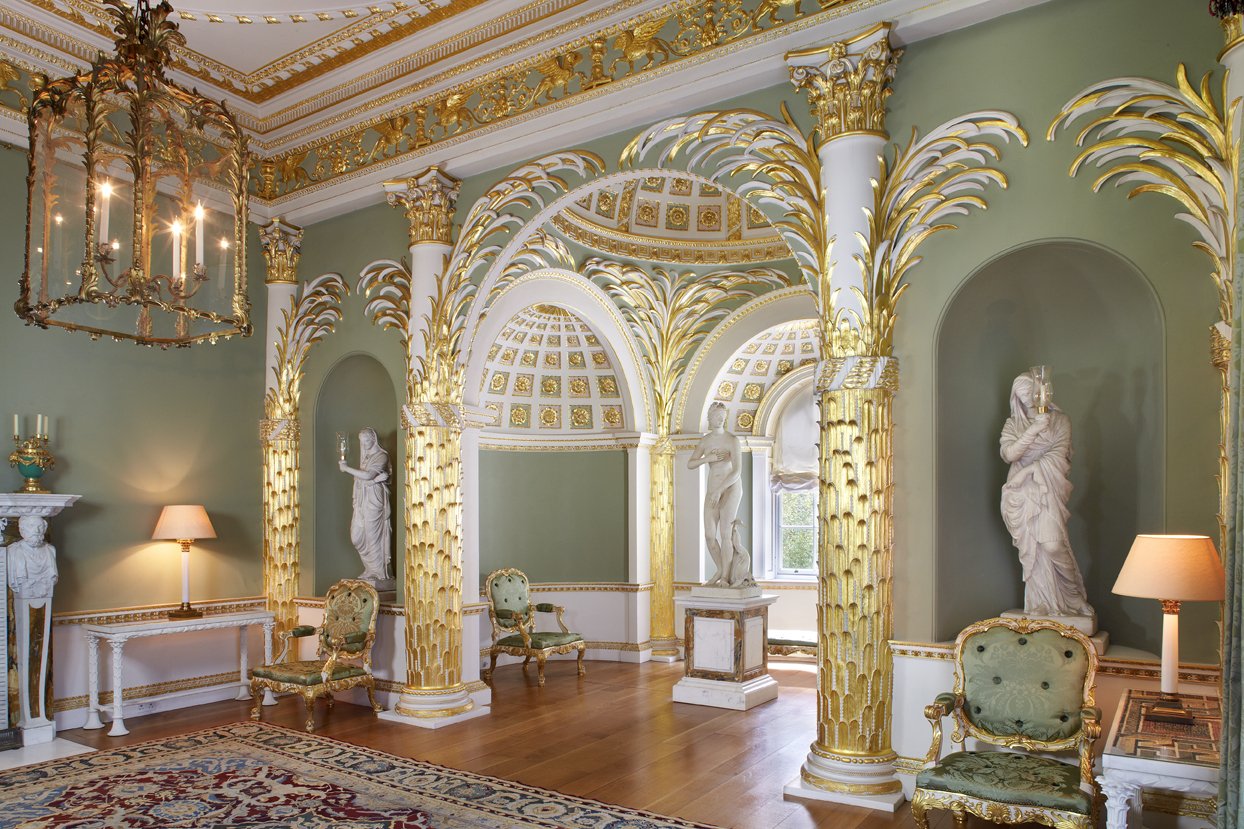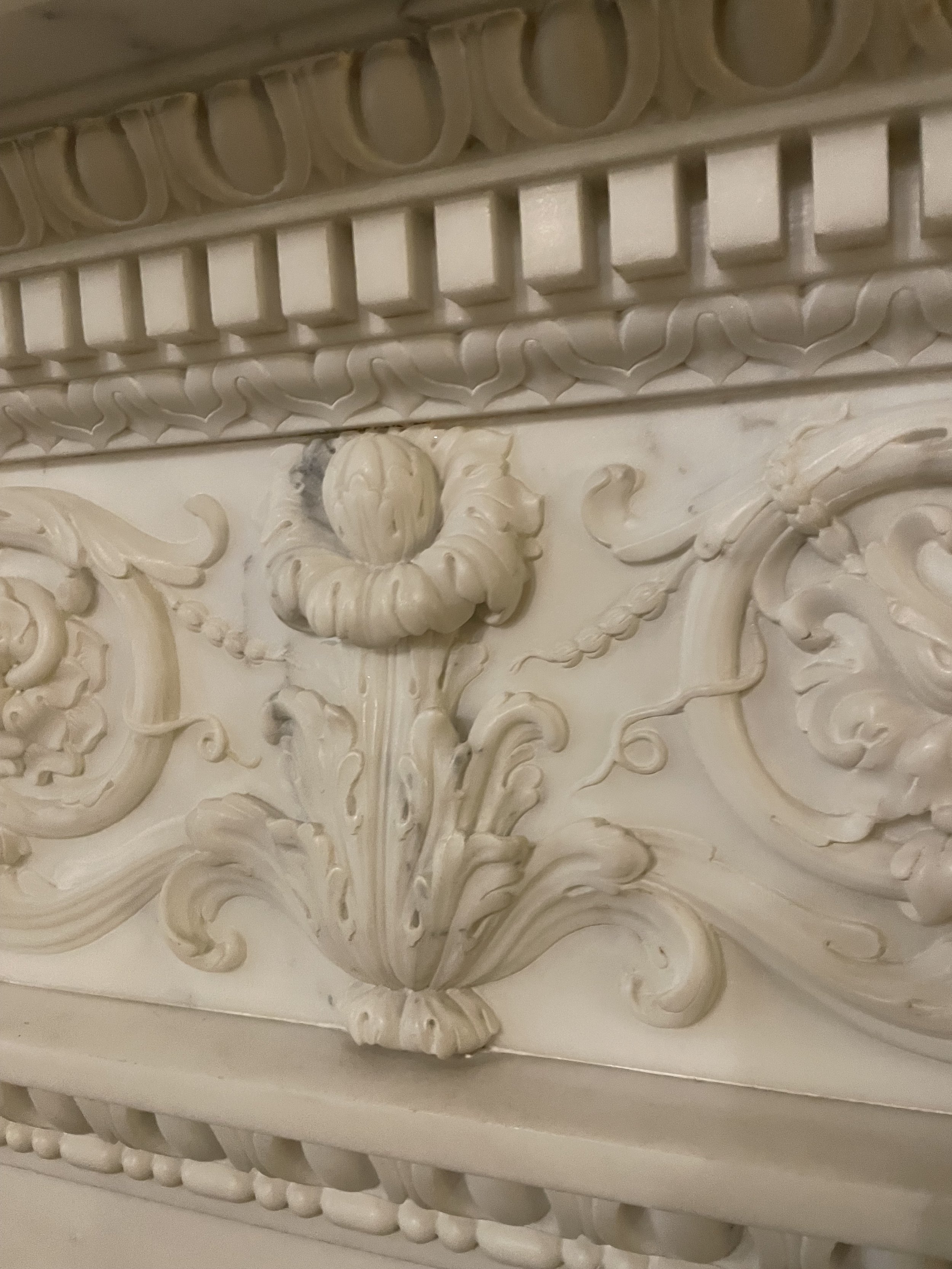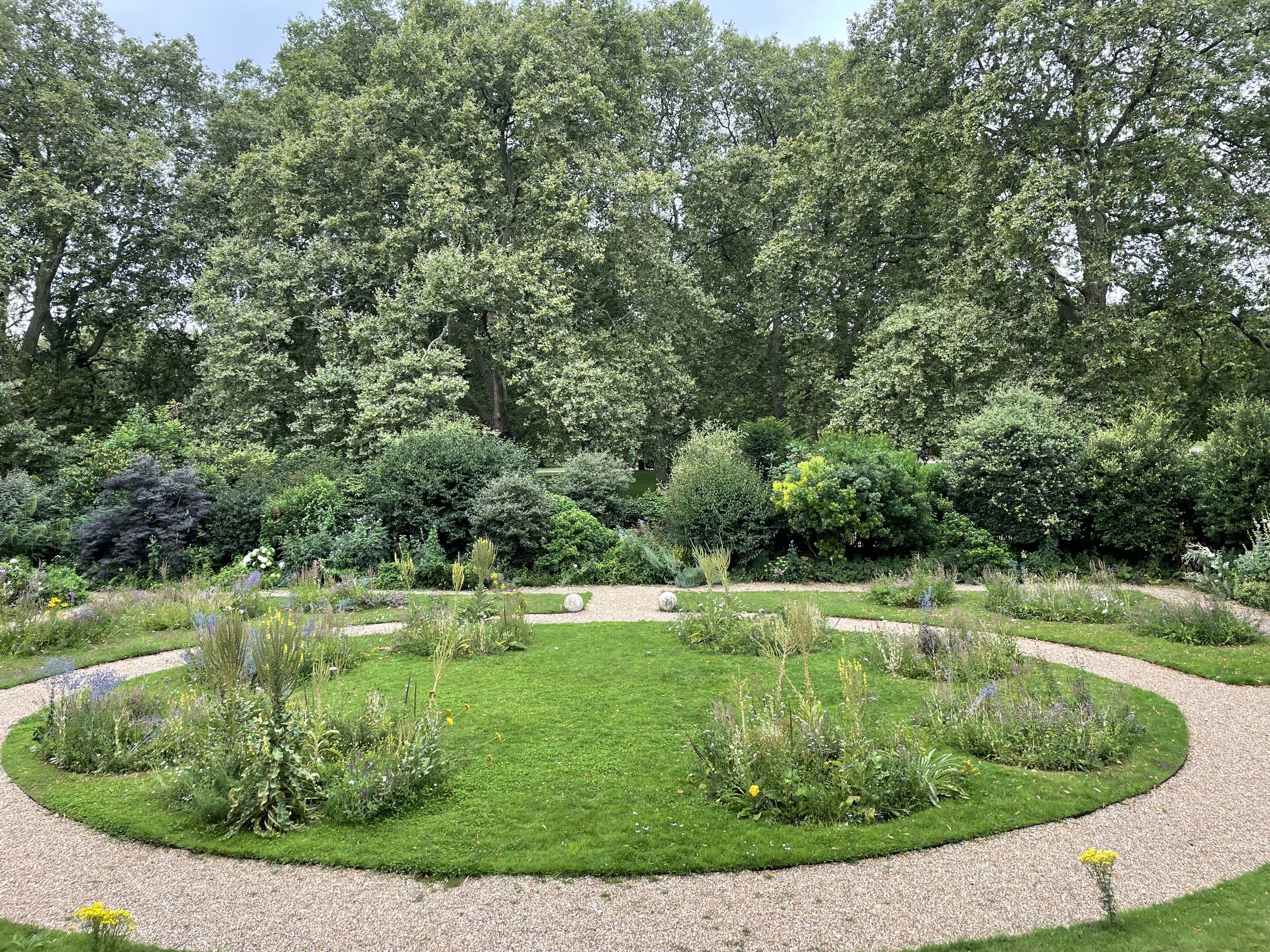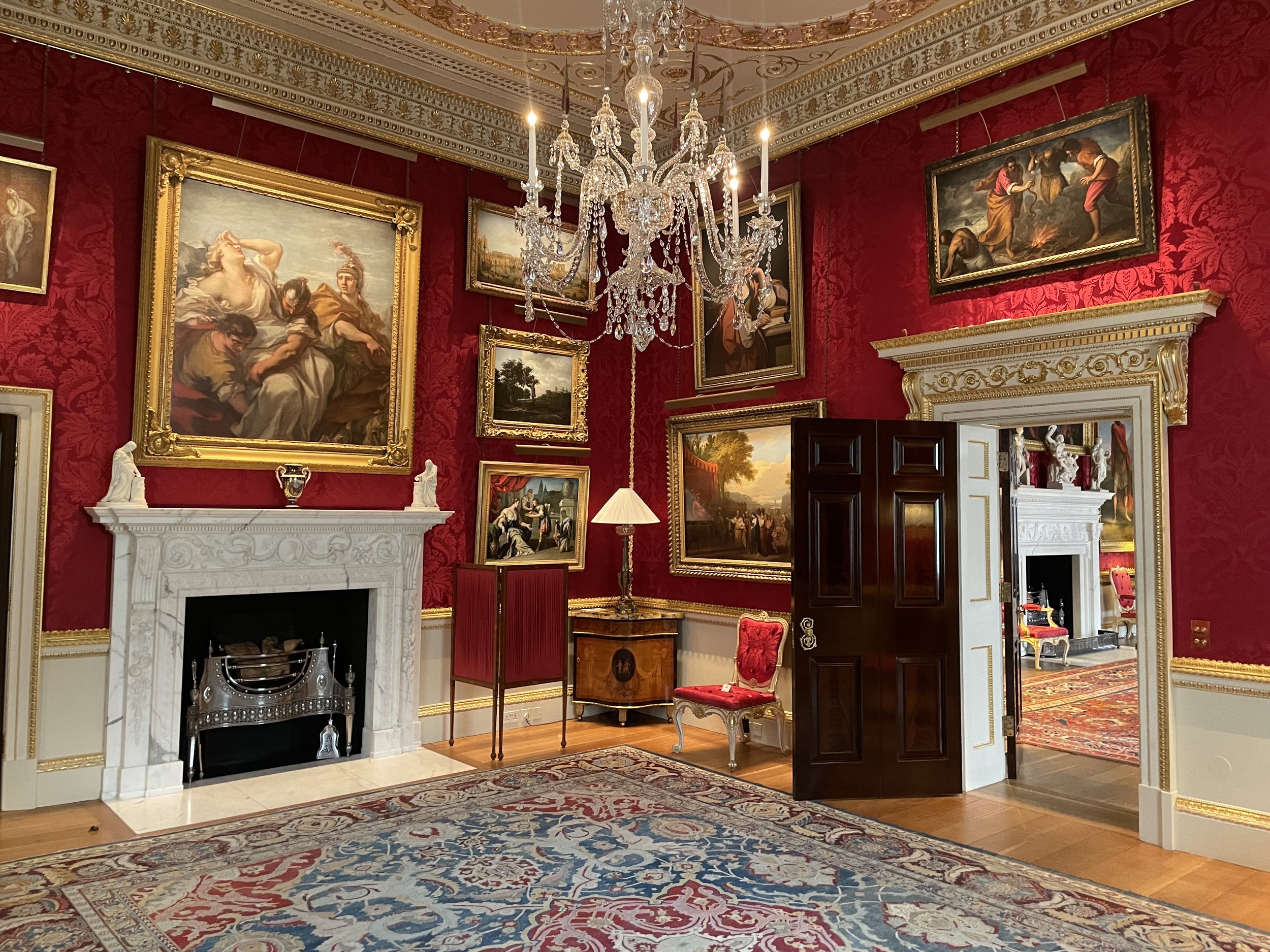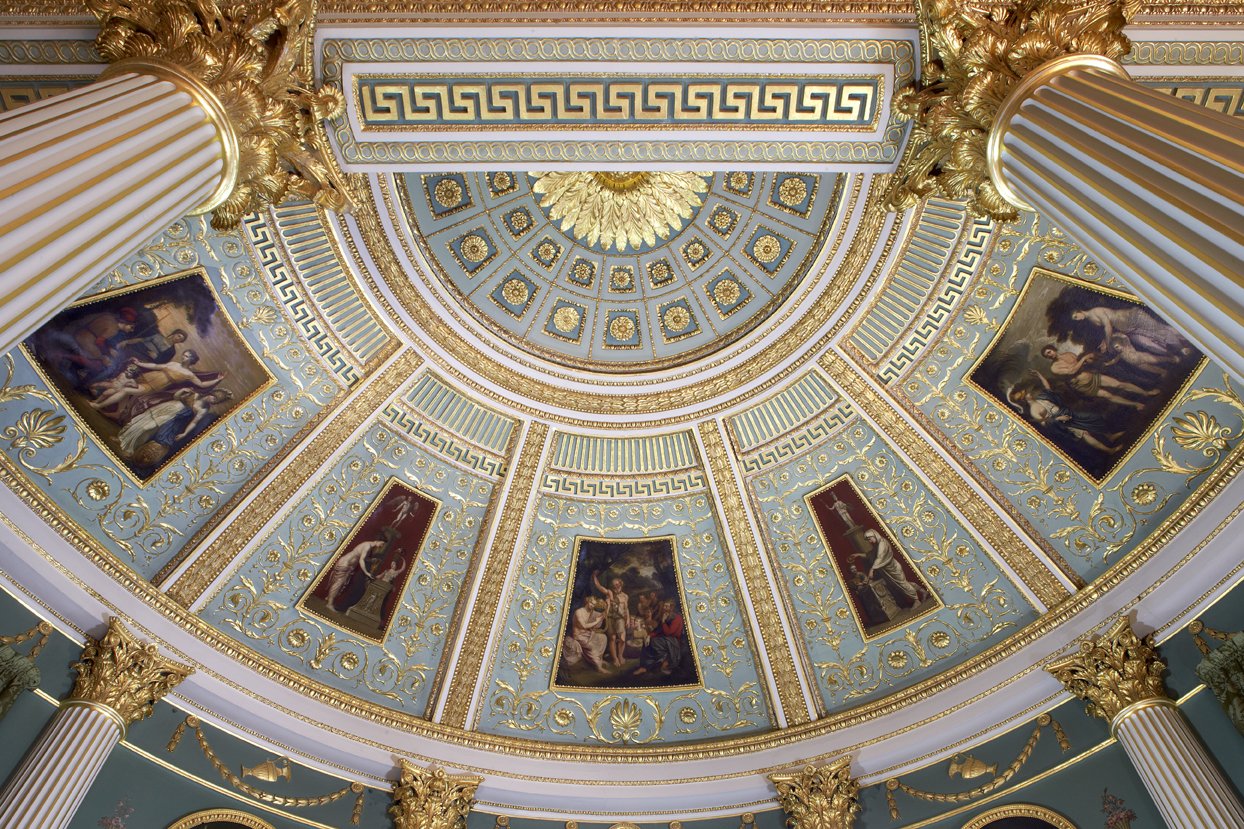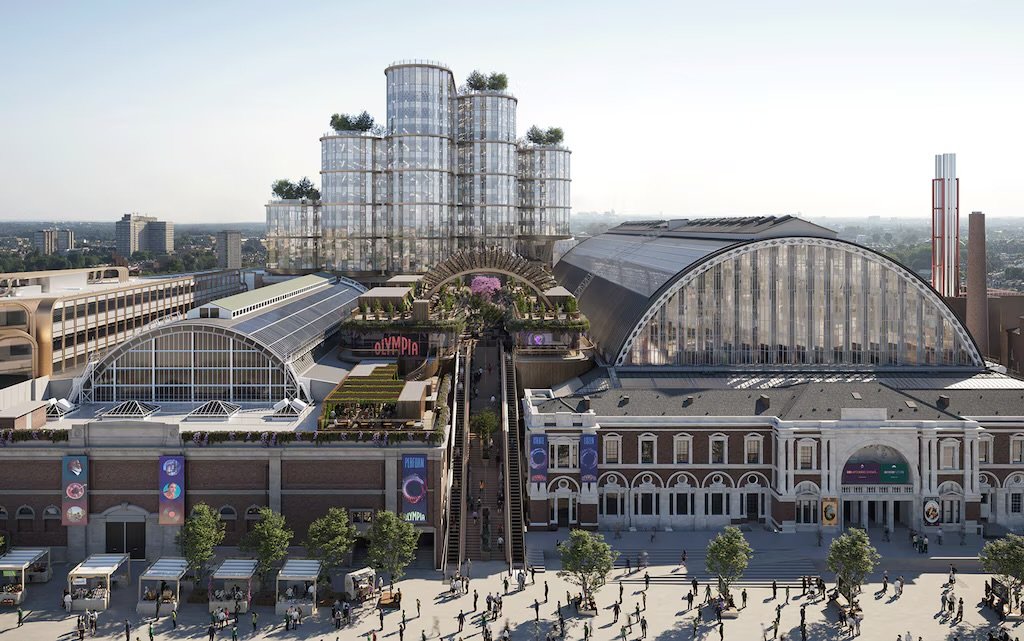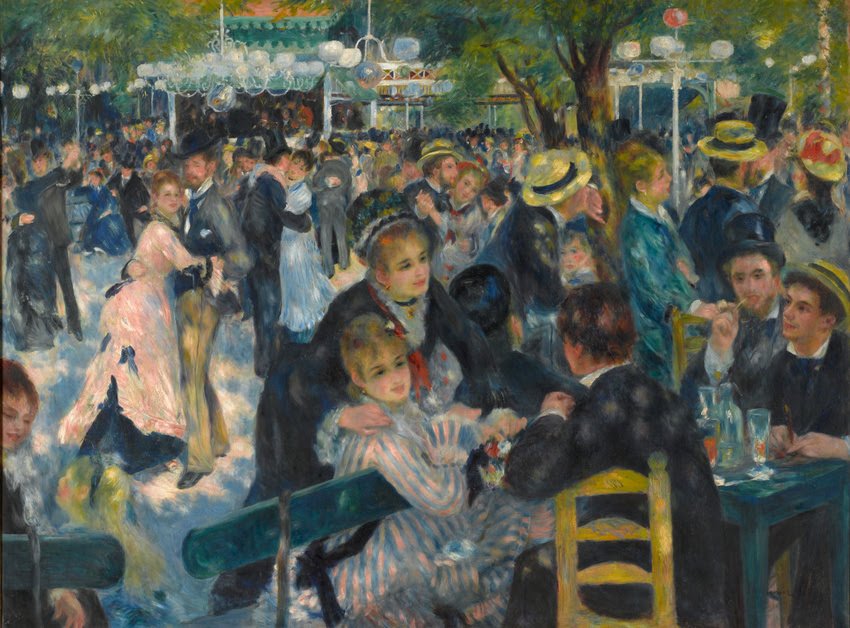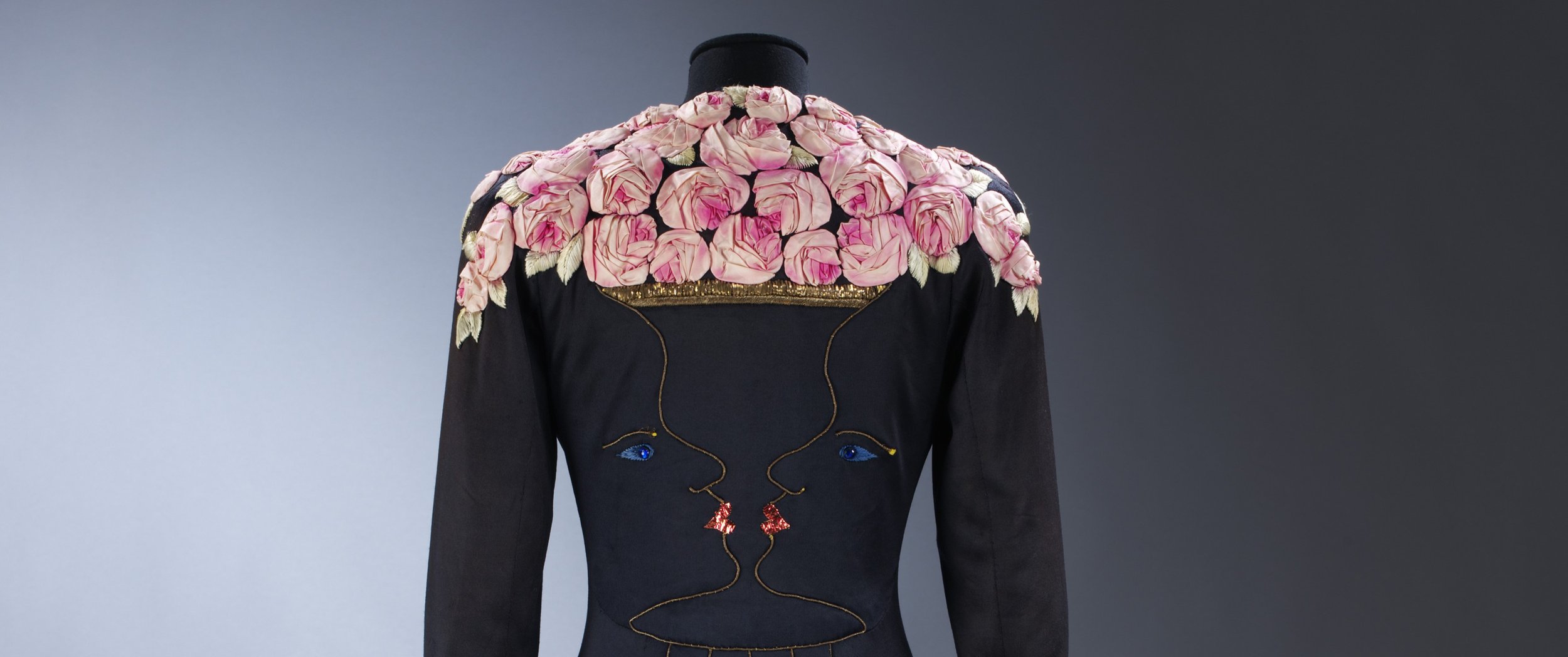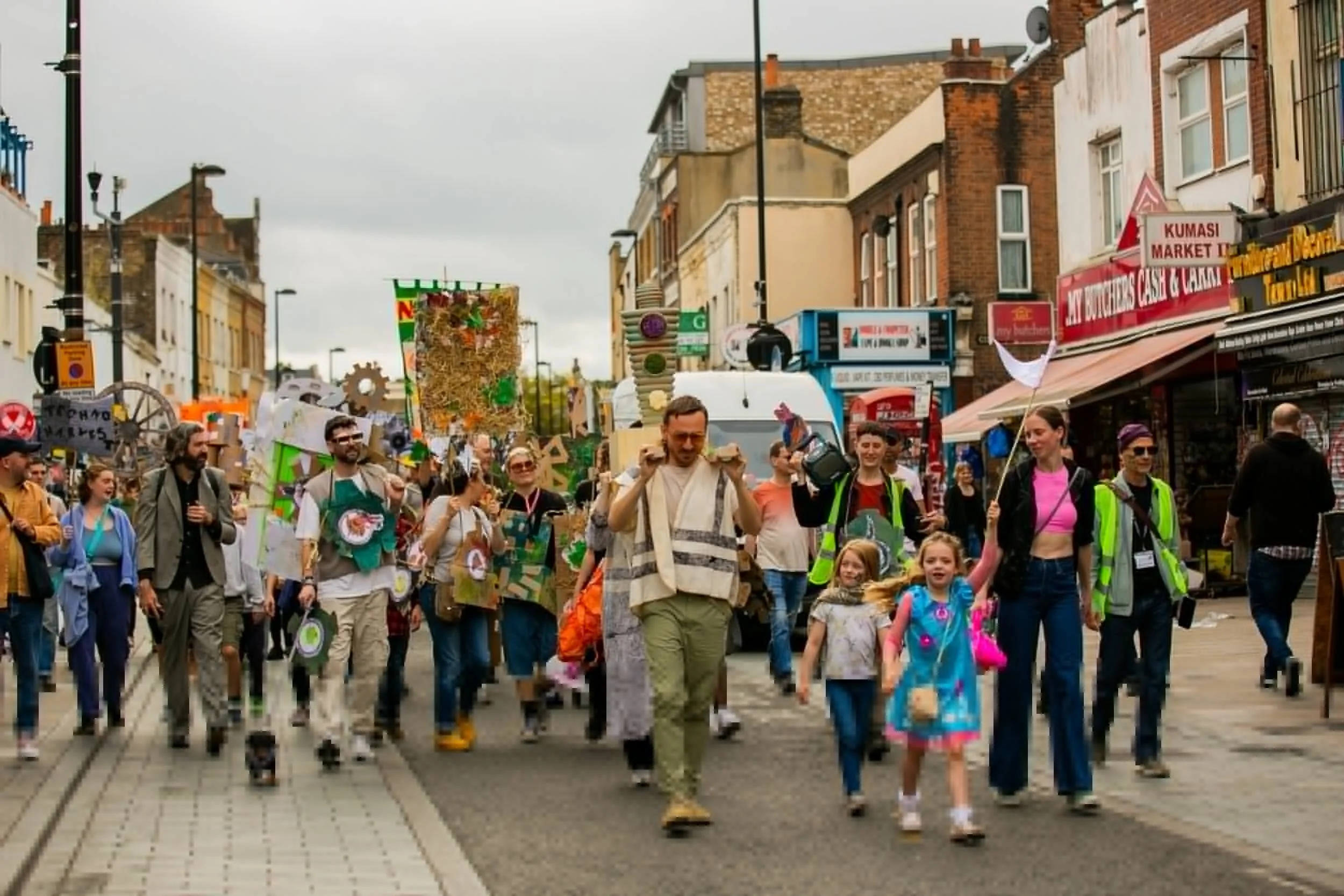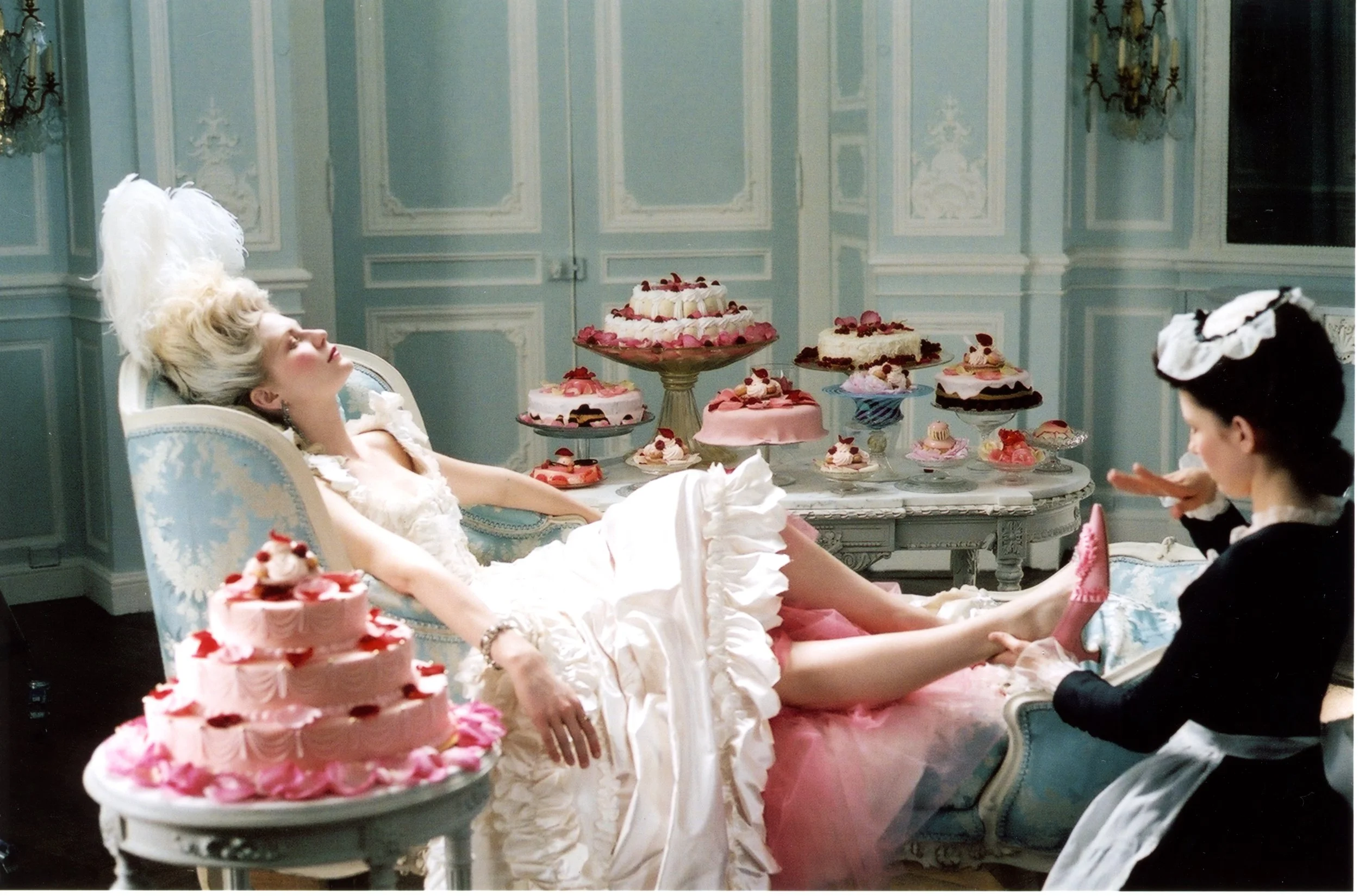Spencer House: London's opulent 18th-century aristocratic palace
Discover the rich history and exquisite interiors of Spencer House, a Grade I-listed 18th-century palace on the edge of Green Park.
Image: Spencer House. © Jarrold Publishing Spencer House.
Spencer House is widely considered to be one of London's most magnificent surviving eighteenth-century homes, located next door to Bridgewater House and a stone's throw away from Clarence House and Buckingham Palace. The Grade I-listed gem is a remarkable testament to the opulence of the eighteenth century.
The History
Constructed between 1756 and 1766 for John, the first Earl Spencer, and his wife Georgiana (ancestors of Diana, Princess of Wales), the mansion was designed as a classical temple dedicated to arts, hospitality, and love. It reflects the extraordinary love match of the Spencer couple, a rarity during that era. With a prominent lineage tracing back to Sarah Churchill, the Duchess of Marlborough, the Spencers held esteemed positions in high society, evident in the refined tastes and status reflected in Spencer House.
Image: The Library at Spencer House © Jarrold Publishing Spencer House.
While the mansion remained in the Spencer family's possession until the 1920s, the tumultuous period of World War II necessitated the removal of intricate details to protect them from damage. These valuable items found refuge at Althorp and can still be admired there today. Despite changing hands over the years, Spencer House remains owned by Charles Spencer, Diana's brother, while being leased by various entities through the years, including Christie's Auctioneers, the British Oxygen Company, and the Economist Intelligence Unit. Most recently, RIT Capital Partners, led by Jacob Rothschild, took over the lease and restored the property to its grandeur from the 1780s to the 1790s, meticulously recreating skirting boards, doors, fixtures, and chimneypieces. Today, Spencer House offers a fascinating glimpse into history, as eight beautifully restored rooms are open to the public.
The Design
The House was initially designed in 1756 by the skilled architect John Vardy, who was a pupil of the renowned William Kent—an influential architect and designer during early Georgian Britain—who introduced the Palladian style of architecture and the English landscape garden, which had a profound impact on Vardy's work.
Image: The Great Room at Spencer House. ©Jarrold PublishingSpencer House
In 1758, the renowned architect James 'Athenian' Stuart took over from Vardy and left an indelible mark on the palace's architecture. Fresh from his travels in Greece, Stuart drew inspiration from ancient Greek architecture, infusing the palace with authentic Greek details. This transformation gave birth to one of London's earliest and most remarkable examples of Neo-classical interiors.
As you gaze upon the grand staircase within the house, the evolution from Vardy's original design to Stuart's visionary creation becomes evident. The Soffit of the Great Staircase landing, skillfully crafted by John Vardy, coexists with the upper part, boasting an elegant segmental barrelled ceiling envisioned by 'Athenian' Stuart. This upper section artfully conjures the ambiance of a Greek temple interior, showcasing Stuart's mastery in bringing ancient beauty to life.As a result, the house boasts a blend of Palladian and Neo-classical elements, making it a remarkable piece of architectural history.
Image: Look up at the Great Staircase to witness the captivating comparison between Vardy and Stuart’s designs. The Soffit of the Great Staircase landing, skillfully crafted by John Vardy, contrasts with the upper part of the well, designed by ‘Athenian’ Stuart. July 2023. © Motoe.
The House
The interior showcases an impressive collection of Old Master paintings and works of art, including significant loans from esteemed institutions like the Royal Collection Trust, Victoria and Albert Museum, Tate, and National Trust. The Palm Room stands out with a magnificently carved gilded palm ceiling inspired by Charles II's bedchamber at Greenwich Palace. Another highlight is the grand staircase hall, boasting a monumental Venetian gilt-painted repoussé copper and bronze lantern, believed to have once adorned the famous Bucentaur, an Italian state barge used by the Doge of Venice on ceremonial occasions.
Image: Palm Room, Spencer House. ©Jarrold PublishingSpencer House.
The mansion's rich history of architectural transformation is evident in its ground floors, initially designed in the Palladian style by John Vardy. Henry Holland later transformed the drawing room into a splendid library, housing an impressive book collection. Many items, including a remarkable copy of John Devall's original chimney pieces in white statuary marble, were meticulously restored during the decade-long process, yielding outstanding results.
Image: Detail from restored chimneypiece on the library of Spencer House. July 2023. © MTotoe.
The library leads to a beautiful terrace overlooking the garden, which was designed by Holland and offers a half-acre expanse with an oval path and flower beds.The gardens were recast in the 1990s by Todd Longstaffe-Gowan to evoke their original layout and now feature islands of wildflower meadows, which adds a charming character to the surroundings. Click here to discover more about the wildflower meadows and environmental ethos of the garden.
Image: The gardens at Spencer House, over looking Green Park. July 2023. © MTotoe.
Among the must-see rooms, Lady Spencer's private drawing room stands out. The ceiling is one of architect James ‘Athenian’ Stuart’s best designs, inspired by a ceiling in the Baths of Augustus in Rome. The Great Room, the largest and most imposing State Room, leaves a lasting impression with its grand chandeliers, originally designed as a reception hall and art collection gallery.
Image: Lady Spencer’s Room. The ceiling is one of architect James ‘Athenian’ Stuart’s best designs. Spencer House. July 2023. © MTotoe.
The Painted Room, designed and painted by James ‘Athenian’ Stuart, is one of the most famous eighteenth-century interiors in England. It is dedicated to the Triumph of Love, symbolising the happy marriage of Lord and Lady Spencer. Notably, the room showcases the original suite of opulent seating furniture designed by James 'Athenian' Stuart, one of Europe's earliest complete neo-classical ensembles, currently on loan from the V&A.
Image: Spencer House Painted Room ©Jarrold Publishing Spencer House.
Spencer House, considered one of the most ambitious and significant restorations of the late twentieth century, offers a wonderful journey through its rich history and breathtaking interiors. Whether your passion lies in the arts, fascination with restoration endeavours, appreciation for exquisite designs, or simply a curiosity for the grandeur of the structure nestled near Green Park, a visit to Spencer House promises to be an experience that will not disappoint.
Image: An Italian marble sculpture of William Pitt the Younger as the Infant Hercules Strangling the Serpents Fox and North by Pieratoni (called ’Sposino’), c.1790. Sculptire at Spencer House. July 2023. © MTotoe.
Of the many fascinating pieces of art within the House, don’t miss out on this satirical sculpture, pictured above and located in the Dining Room. The sculpture, inspired by a satirical cartoon of The Infant Hercules, depicts a baby with a man's head strangling two snakes with human heads. The child is believed to represent William Pitt the Younger, who became Prime Minister of Great Britain at a young age. The snakes are inscribed with references to political events, symbolising Pitt's victories over his rivals. Despite its unusual and shocking appearance, the sculpture is considered a remarkable piece of art history, blending satire with high art.Click here for a more detailed interpretation of this intriguing sculpture.
Spencer House welcomes the public every Sunday (except August) with guided tours for up to 15 visitors per tour. Larger groups (at least 15 people) can visit on Monday mornings. Special access tours can be arranged by contacting the Tours Team. Additionally, the palace serves as a venue for private events and weddings. In fact, it became the prestigious venue for the 2014 wedding of media tycoon Rupert Murdoch and the former model/actress Jerry Hall, adding a touch of celebrity sparkle to its already illustrious history.
Location: Spencer House, 27 St James's Pl, St. James's, London SW1A 1NR. Price: from £18.50. Concessions available for members of the V&A, Royal Academy, or Tate at £15.50, and to Art Fund and Historic House members at just £9.50. Time: The house tour and garden takes about 90 minutes. Book now.

